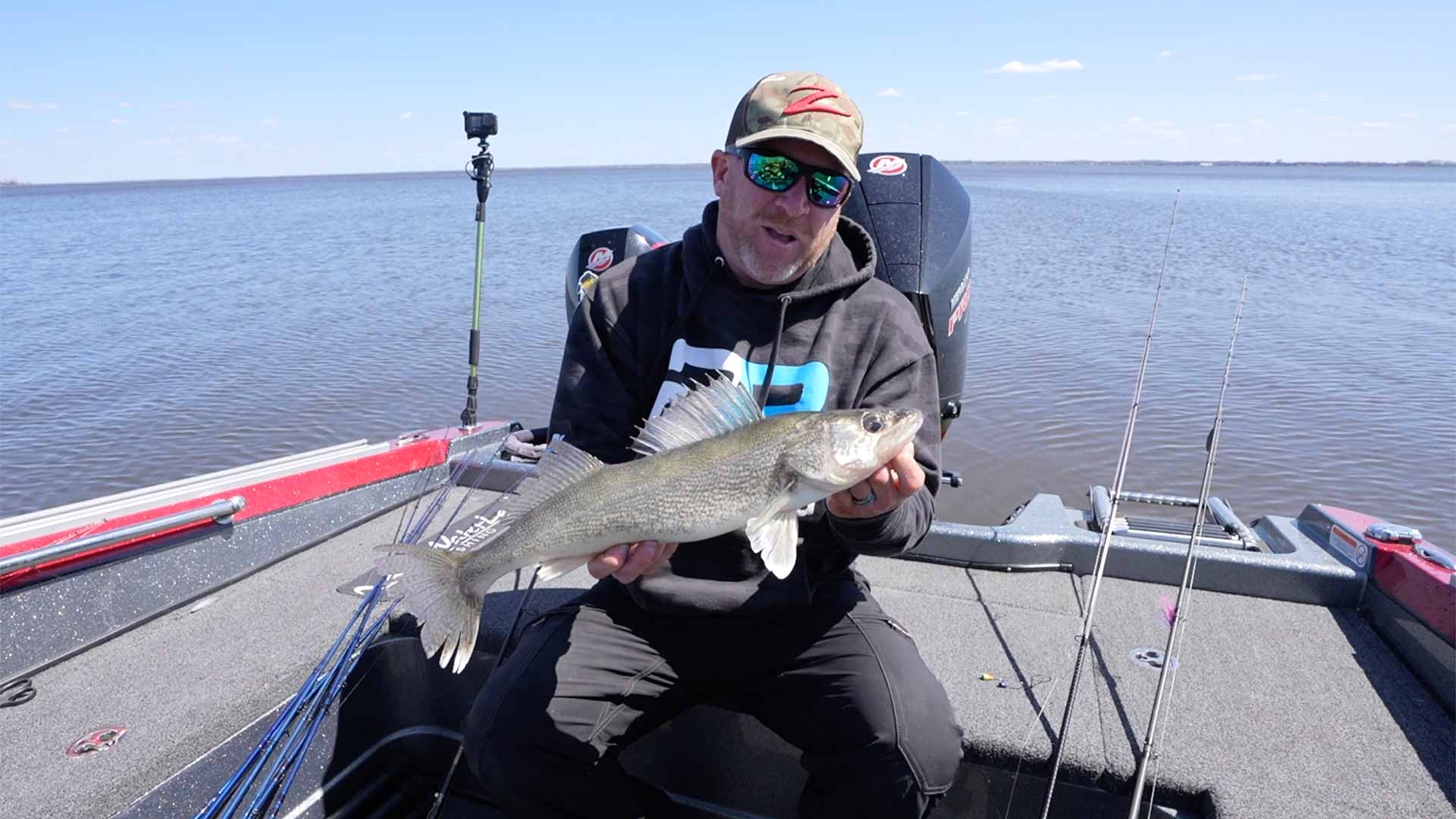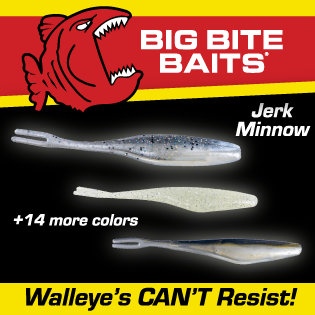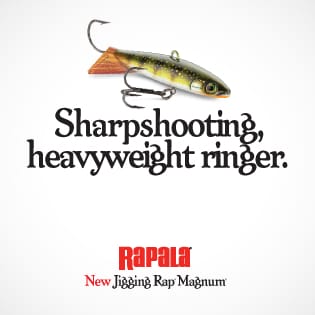Summer catfishing requires minimal tackle and technique. However, the better you understand your quarry, analyze fishing conditions and tweak your presentations, the more and bigger fish you’ll catch.
Cats often relate to deep holes formed at river bends, or to flooded wood cover.
From a boat, either anchor just above a hole, and toss your baits downstream into it; or anchor just above a wood snag, casting your bait so it settles just above the snag, enticing fish out from underneath.
In low-water conditions, midriver holes are often better. But which portions?
The head of the hole, the deep center, or the tail end? The inside edge of the hole, nearer shore? Or the outer edge, nearer the center of the river? You won’t know until you try multiple holes and anchor positions to see which is best.
During high water, fish may be more shoreline-oriented, avoiding swift flow in the center of the channel while relating to secondary slower currents nearer shore; or to wood snags that block swift current flow. The best areas offer the proper combination of depth, cover and flow.
For catching channel catfish, deadbaits like cut sucker, goldeye or frogs are the cat’s meow, day or night.
Thread them on a hook to disguise the hook point so old whiskers can taste the bait without feeling the steel.
For giant flathead cats, large livebaits like bullheads, fished around wood snags at night, lure monsters out from their lairs.
Catfishing rods are beefy and durable, with a slow to medium action; under pressure, they load up at midlength, as opposed to having a fast tip for casting accuracy. Long handles fit into rod holders and provide good leverage for fighting big fish. Midsize casting reels loaded with about 30-pound test line are ideal for channel cats; go heavier for huge flatheads. Reels must have good drag systems to hold up over the long haul.
Much like slipsinker rigs for walleyes, catfish rigs often consist of a hook, line and sliding sinker. Yet there are differences.
For one, the sinker is flat-sided and heavier, designed to lie on the bottom and resist being swept away by strong current. A 1 ½-ounce or heavier sinker is easy to cast on heavy line. Thread the sinker on your line, pointy end first, add a plastic bead, and tie in a barrel swivel. Next, tie in a 12” to 15” monofilament leader between your swivel and hook. Short leaders position bait near bottom; longer ones flail around in current and are prone to snags.
Today’s catfish anglers use circle style hooks that originated in saltwater for catching fish like tarpon. The key is, don’t set the hook. Rather, wait for the fish to finish mouthing-feeling-nibbling, fully take the bait, and turn away from you. That’s when the hook point engages in the corner of the fish’s mouth. As it does, the rod tip will cease twitching and popping, and dip downward, indicating something heavy on the line. Now lift you rod from the holder, and tighten up the line by reeling, not setting. The cat is already hooked; don’t mess things up by yanking on the line.
Patiently wind the fish in, allowing it to run when necessary. Don’t pump the rod, then reel down, like you might with a bass or walleye. Just hang on tight, gaining line when you can.
Finally, net the fish, pop out the hook with a pliers, hold the catfish horizontally, take a photo (assuming it’s big), and release it back into the depths. Big cats are too valuable to catch just once. Keep smaller fish for a meal.










